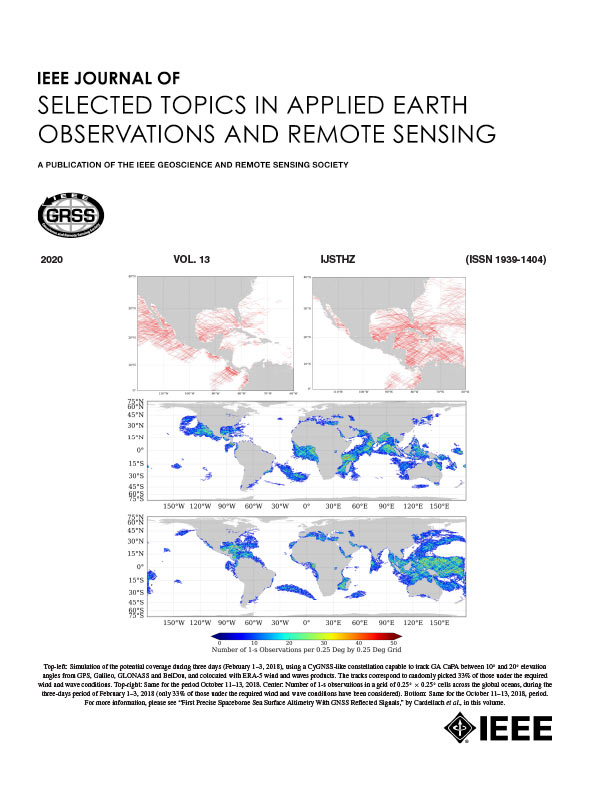Volcano-Seismic Event Detection and Clustering
IF 4.7
2区 地球科学
Q1 ENGINEERING, ELECTRICAL & ELECTRONIC
IEEE Journal of Selected Topics in Applied Earth Observations and Remote Sensing
Pub Date : 2025-04-28
DOI:10.1109/JSTARS.2025.3559412
引用次数: 0
Abstract
This study looks into unsupervised and supervised methods for detecting events in volcano-seismic time series data, segmenting the data, and clustering the segments where there is activity. This two-stage pipeline allows for the analysis of the signals without requiring the type of event to be identified at the offset and reduces the manpower required to analyze new data. Due to the resource intensive labeling process required to understand volcano-seismic signals it is important to explore unsupervised analysis techniques in this domain. The unsupervised methods are evaluated using supervised metrics including completeness, homogeneity, and V-measure scores. Alongside the unsupervised investigation, the use of intersection-based metrics that offer a clearer performance evaluation of the event segmentation task is motivated and the potential of gradient boosted trees for event detection is tested.火山地震事件检测与聚类
本研究探讨了在火山地震时间序列数据中检测事件的无监督和有监督方法,对数据进行分割,并对有活动的片段进行聚类。这种两级管道允许在不需要在偏移处识别事件类型的情况下分析信号,并减少了分析新数据所需的人力。由于了解火山地震信号需要资源密集的标记过程,因此探索该领域的无监督分析技术非常重要。无监督方法使用监督指标进行评估,包括完整性、同质性和v测量分数。除了无监督的调查之外,基于交叉的指标的使用为事件分割任务提供了更清晰的性能评估,并且测试了梯度增强树用于事件检测的潜力。
本文章由计算机程序翻译,如有差异,请以英文原文为准。
求助全文
约1分钟内获得全文
求助全文
来源期刊
CiteScore
9.30
自引率
10.90%
发文量
563
审稿时长
4.7 months
期刊介绍:
The IEEE Journal of Selected Topics in Applied Earth Observations and Remote Sensing addresses the growing field of applications in Earth observations and remote sensing, and also provides a venue for the rapidly expanding special issues that are being sponsored by the IEEE Geosciences and Remote Sensing Society. The journal draws upon the experience of the highly successful “IEEE Transactions on Geoscience and Remote Sensing” and provide a complementary medium for the wide range of topics in applied earth observations. The ‘Applications’ areas encompasses the societal benefit areas of the Global Earth Observations Systems of Systems (GEOSS) program. Through deliberations over two years, ministers from 50 countries agreed to identify nine areas where Earth observation could positively impact the quality of life and health of their respective countries. Some of these are areas not traditionally addressed in the IEEE context. These include biodiversity, health and climate. Yet it is the skill sets of IEEE members, in areas such as observations, communications, computers, signal processing, standards and ocean engineering, that form the technical underpinnings of GEOSS. Thus, the Journal attracts a broad range of interests that serves both present members in new ways and expands the IEEE visibility into new areas.

 求助内容:
求助内容: 应助结果提醒方式:
应助结果提醒方式:


